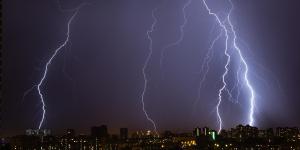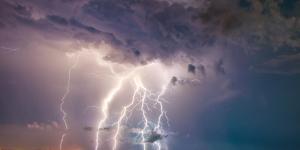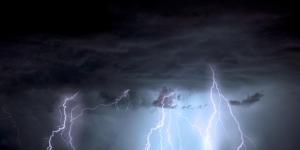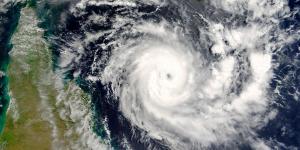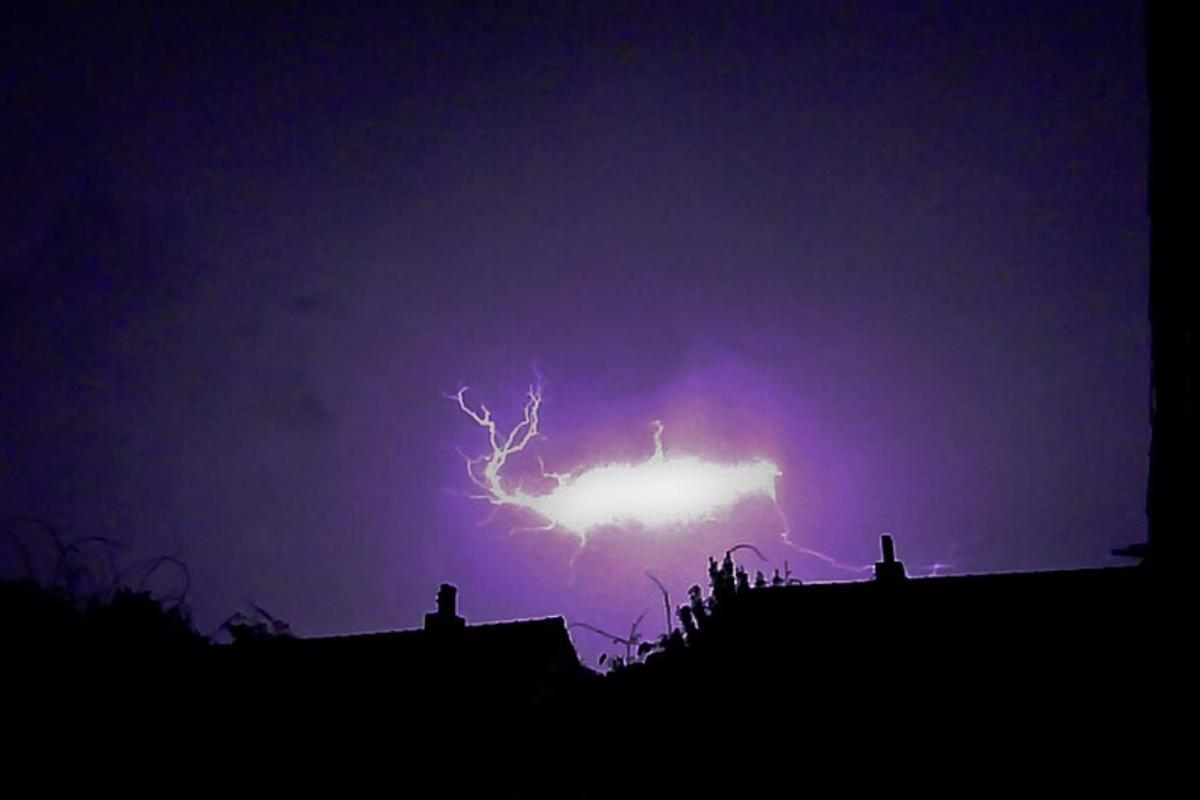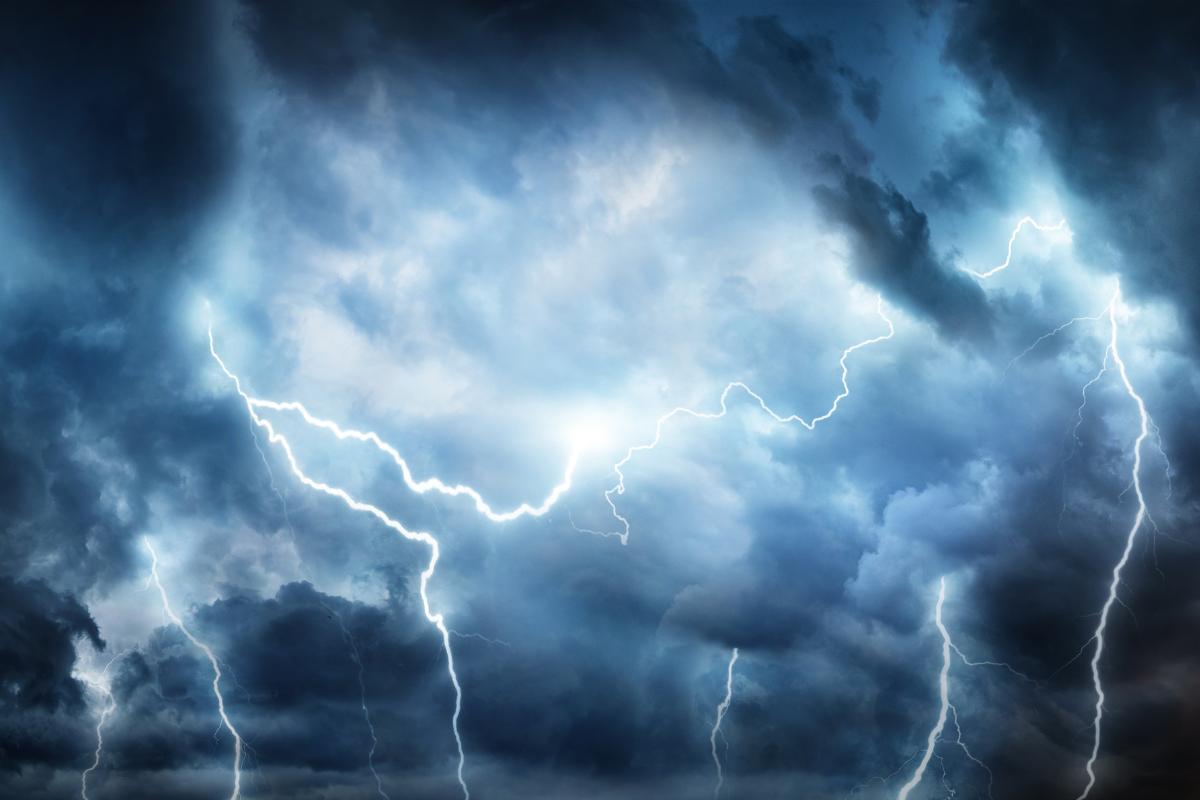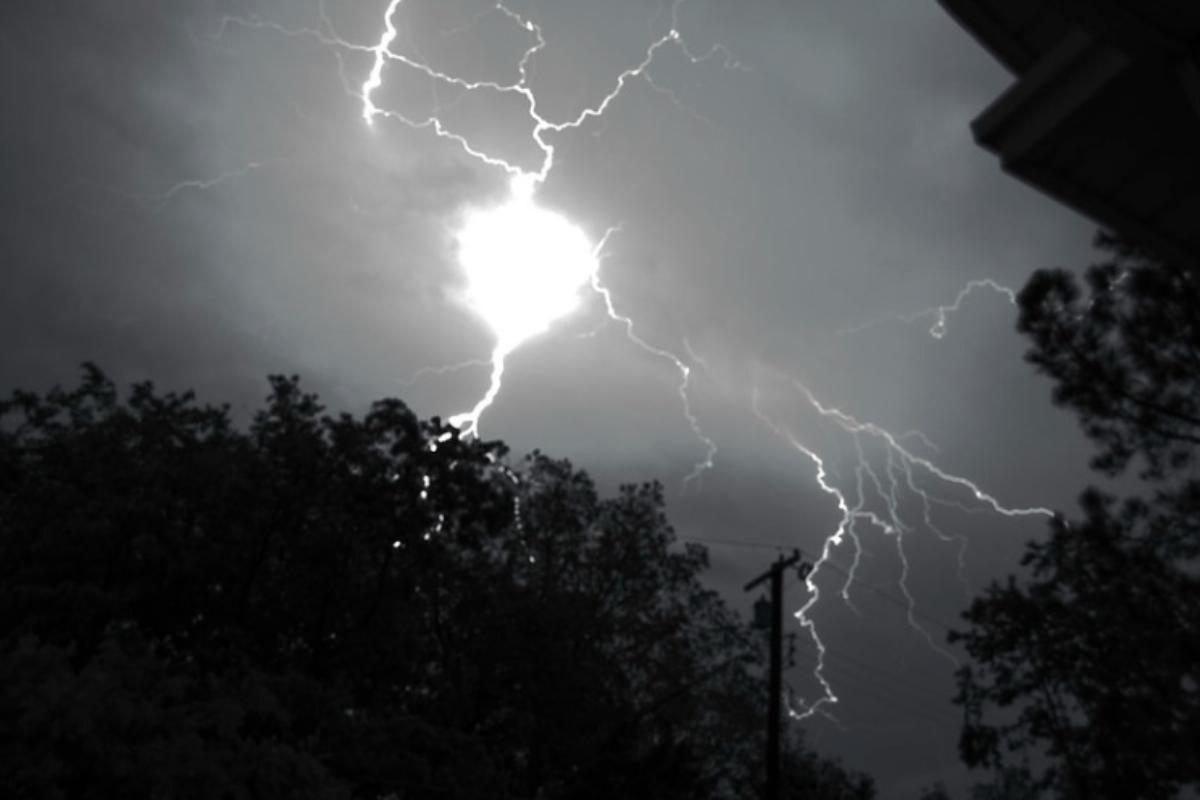What Is a Ball of Lightning?


Also known as globe lightning or orb lightning, ball lighting is a very poorly understood phenomenon. Since it is believed to be rare and unpredictable, study of this type of lightning can be difficult. As with all lightning, they are a form of electrical discharge which occur during thunderstorms. Conventional lightning follows a linear path either between clouds and the ground or between two clouds. Ball lightning takes on a compact and erratic shape as it moves through the area, appearing as if it were an orb. To learn more about this phenomenon, thedailyECO explains what is a ball of lightning?
What is a ball of lightning?
Ball lightning has various names, including globular lightning, orb lightning and fireballs. It is a meteorological phenomenon that is purported to consist of an electrical discharge in the shape of a luminous sphere. While there are different types of lightning, they are normally discharged in a way where the electricity moves from the cloud to the ground or between two clouds. Ball lightning has a more compact shape and moves erratically through the air.
Reports of these luminous spheres claim they can vary in size, from a few centimeters to several meters in diameter. Their color can range from bright white to deep red or blue. These will depend on various factors such as atmospheric composition and the energy released during the discharge.
Ball lightning is said to typically occur during thunderstorms, although it is much less common than conventional lightning. It forms when electrical charges in the atmosphere separates and generates intense electric fields. Doing so can lead to the formation of these spheres of highly ionized plasma.
Although ball lightning is a relatively poorly understood phenomenon, it may also pose a potential danger to those near its path. Although they rarely cause serious damage to infrastructure, they can cause burns if they come into direct contact with objects, animals or people. Their sudden appearance can cause confusion and fear among those who witness them.
Learn more about electrical discharge in the air with our article on what is the atmospheric electrical phenomenon?
Is ball lightning real?
The formation of ball lightning is a complex process that is not yet fully understood. While its production is not yet fully explained, it has been recorded on multiple occasions. In this way, we can say that ball lightning is a real phenomenon, but we cannot state its exact nature.
Certain theories exist to explain how ball lightning is produced, all of which involve several atmospheric and electrical factors. Generally speaking, ball lightning forms during thunderstorms, during which there is a significant buildup of electrical charges in the atmosphere. These charges can separate and generate intense electric fields in certain regions of the atmosphere:
- One theory suggests that ball lightning could form from the ionization of various atmospheric gas particles or water vapor. When conditions are right, these charged particles could clump together and form a sphere of highly ionized plasma, which is what we see as ball lightning.
- Another possibility is that ball lightning forms from the ionization of gases near the ground. During a storm, updrafts can carry charged particles, creating an electrical charge gradient in the atmosphere. If this gradient is sufficiently intense, it could generate an electrical discharge in the form of a luminous sphere, i.e. a ball of lightning.
- It is also feasible that other particles can be charged in the atmosphere such as silicon or carbon. Their combustion can also be erratic and form a globular shape.
Research into the formation of globular rays is ongoing and many questions remain unanswered. The difficulty in studying these phenomena lies in their unpredictable and infrequent nature. This makes their observation and analysis under controlled conditions difficult.
Learn about another type of lightning with our article explaining what is catatumbo lightning?

History and origin of ball lightning
Balls of lightning have been documented for a long time. The first known description of ball lightning appears in 12th-century Chinese texts. British scientist Francis Bacon also described ball lightning in the sky in the 17th century.
More observations of ball lightning were made during the 19th and 20th centuries. Russian scientist Alexander Gurvich proposed a theory describing the origin of lightning bolts in 1919. Gurvich proposed that ball lightning forms when ordinary lightning releases large amounts of energy into the air, creating a sphere of plasma.
Lacking a complete understanding of ball lightning, the have remained a mystery and inspired many legends over the centuries. Scientists do not know how they formed, what they are or their exact characteristics. Although there are several theories about the origin of ball lightning, none are widely accepted. Some of the factors that contribute to the formation of ball lightning are the following:
- Origin: we know that there is no scientifically accepted theory about how ball lightning is formed. One theory is that they form when ordinary lightning releases large amounts of energy into the air, creating a ball of plasma. Another theory is that globular lightning forms when normal lightning interacts with some types of clouds or particles in the air.
- Properties: ball lightning can have several properties. They can be almost any color, but the most common are white, yellow and blue. They can appear singly or in groups and can move slowly or quickly.
- Nature: some scientists consider these to be plasma spheres. Others consider them to be spheres of condensed matter.
- Effects: among the effects we see that they can cause explosions, fires and material damage. Sometimes they can cause injuries or even death.
Learn more about a specific type of plasmatic weather phenomena with our article on the St. Elmo's fire weather phenomenon.

Difference between ball lightning and lightning bolts
Although both ball lightning and lightning are atmospheric phenomena related to electricity, they have significant differences in their nature and formation:
- Ball lightning as we have stated, ball lightning is electrical discharge in the form of luminous spheres that can vary in size and color. They form during thunderstorms when there is a buildup of electrical charges in the atmosphere. Unlike conventional lightning, it doesn't follow a linear path between clouds and the ground. Ball lightning has a more compact shape and moves erratically and often slowly through the air. These phenomena are relatively rare and are often the subject of study and research due to their intriguing and poorly understood nature.
- Lightning bolts: these are high-energy electrical discharges that occur between a cloud and the Earth's surface or between two clouds. They are much more common than globular lightning and can have various shapes and intensities. Lightning rays are often accompanied by thunder. They are usually visible as flashes of light in the sky during a thunderstorm. Unlike ball lightning, lightning bolts follow a linear path and are usually larger and more intense in comparison.
Now you understand what is ball lightning and some theories on its production, you can learn more about electrical discharges with our article on whether trees attract lightning.
If you want to read similar articles to What Is a Ball of Lightning?, we recommend you visit our Meteorological phenomena category.

